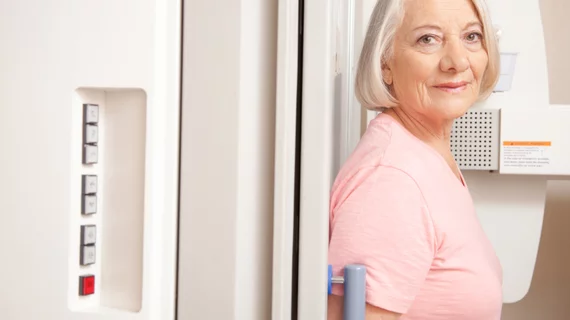Mammography utilization rates highest in New England cities
Cities in the New England area have the highest screening mammography utilization rates in the United States, according to new findings published in Radiology. The study’s authors also explored key predictors of such utilization in cities throughout the country.
“To our knowledge, no previous study has looked at screening mammography utilization specifically at the city level throughout the entire country even though more than 30 million adult women live in the 500 largest cities of the United States,” wrote lead author Eric Kim, New York University Langone Health in New York City, and colleagues. “The purpose of this study was to evaluate disparities in city-level screening mammography utilization and to identify factors that may impact urban screening utilization.”
Kim et al. explored public data from the American Community Survey and Robert Wood Johnson Foundation 500 Cities Project, focusing on screening mammography utilization from January to March 2018. The team compared the 490 largest cities in the United States, excluding 10 due to incomplete data.
“Although it is recognized that mammographic screening decreases mortality, screening can only be effective if the eligible population opts to get screened,” the authors wrote. “It is therefore vital to be able to track and analyze screening utilization on a national level and understand factors that may influence overall screening adherence.”
Overall, the mean city-level screening mammography use rate for the 490 cities was 77.7%. The New England area was home to the highest mean utilization rate (82.7%). The Mountain states, meanwhile, had the lowest at 73.6%.
The percentage of inhabitants being up to date with the Papanicolaou test was associated with higher utilization. Recognizing “the importance of linking breast cancer screening to other preventive services may help target cities and populations for screening education and intervention, with the ultimate goal of improving mortality from breast cancer,” the authors noted.
Obesity, on the other hand, was associated with lower utilization. The researchers also observed that a city’s census division, the percentage of inhabitants who are of Asian race and private health insurance coverage were other strong predictors of screening mammography use.

